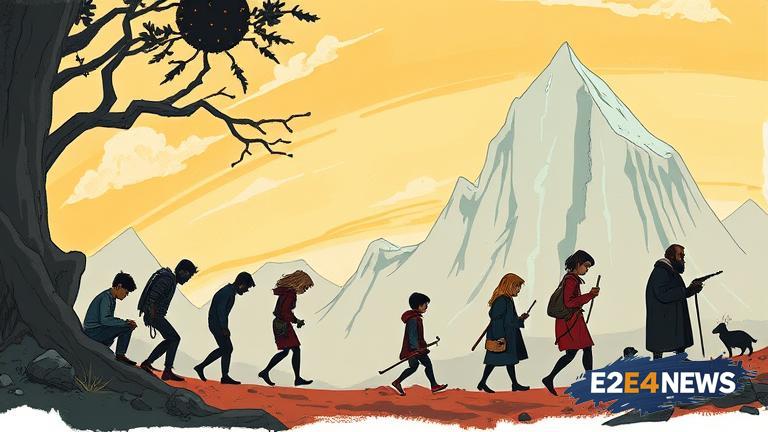The art of storytelling has undergone a significant transformation in recent years, with the rise of graphic narratives and comics. These visual forms of storytelling have been gaining popularity, and are now being recognized as a legitimate medium for conveying complex ideas and emotions. The use of images and text in graphic narratives and comics allows for a unique and engaging way of storytelling, which can be both entertaining and thought-provoking. One of the key advantages of graphic narratives and comics is their ability to convey complex ideas and emotions in a concise and accessible manner. This has made them an attractive medium for authors and artists looking to push the boundaries of traditional storytelling. The evolution of graphic narratives and comics can be traced back to the early 20th century, when comic strips and cartoons first began to appear in newspapers and magazines. However, it wasn’t until the 1960s and 1970s that graphic narratives and comics started to gain mainstream recognition. This was largely due to the work of pioneering artists such as Will Eisner and Art Spiegelman, who helped to establish the medium as a legitimate form of storytelling. Today, graphic narratives and comics are more popular than ever, with a wide range of genres and styles available to readers. From superhero comics to literary graphic novels, there is something for everyone in the world of graphic narratives and comics. The rise of digital technology has also had a significant impact on the medium, with many artists and authors now creating digital comics and graphic narratives. This has made it easier for readers to access and engage with graphic narratives and comics, and has also opened up new opportunities for creators to reach a wider audience. Despite their growing popularity, graphic narratives and comics still face challenges in terms of recognition and acceptance. Many people still view the medium as being primarily for children or fans of superhero comics, and do not recognize the complexity and depth that graphic narratives and comics can offer. However, this is slowly changing, with many literary and academic institutions now recognizing the value and importance of graphic narratives and comics. The use of graphic narratives and comics in education is also becoming more widespread, with many teachers and educators recognizing the potential of the medium to engage and inspire students. In addition to their educational value, graphic narratives and comics also have the potential to be a powerful tool for social commentary and critique. Many artists and authors use the medium to address complex social and political issues, and to challenge readers to think critically about the world around them. The impact of graphic narratives and comics on popular culture is also significant, with many films, television shows, and other forms of media drawing inspiration from the medium. The influence of graphic narratives and comics can be seen in everything from blockbuster superhero movies to independent art house films. As the medium continues to evolve and grow, it will be exciting to see how graphic narratives and comics continue to shape and reflect our culture. With their unique blend of images and text, graphic narratives and comics offer a powerful and engaging way of storytelling that is unlike any other medium. Whether you are a longtime fan of the medium or just discovering it, there is no denying the impact and importance of graphic narratives and comics in the world of storytelling. The future of graphic narratives and comics is bright, with many new and innovative creators emerging all the time. As technology continues to advance and the medium continues to evolve, it will be exciting to see what the future holds for graphic narratives and comics. One thing is certain, however: the art of storytelling will never be the same again, thanks to the rise of graphic narratives and comics. The medium has come a long way since its humble beginnings, and it will be exciting to see how it continues to grow and develop in the years to come. With their unique blend of images and text, graphic narratives and comics offer a powerful and engaging way of storytelling that is unlike any other medium. The use of graphic narratives and comics in education and social commentary is also becoming more widespread, and their impact on popular culture is significant. As the medium continues to evolve and grow, it will be exciting to see how graphic narratives and comics continue to shape and reflect our culture.





